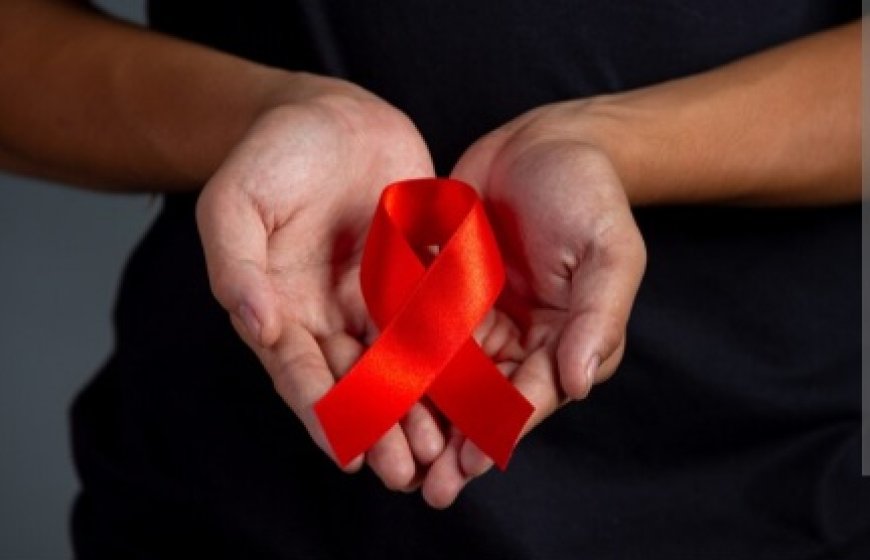A Holistic Approach to Confronting HIV/AIDS Challenges Through Gender Equality, Access, and Stigma Reduction

By Seliphar Machoni
Amidst medical progress and worldwide efforts, the shadow of HIV/AIDS lingers as a significant public health challenge.
At the latest conference convened by the National Syndemic Disease Control Council in Kenya, the gravity of the situation was underscored by over 1.4 million individuals living with HIV/AIDS, with an impressive 98% receiving crucial antiretroviral treatment.
While global efforts, championed by organizations such as the World Health Organization (WHO), have made significant strides, the HIV/AIDS challenge endures, claiming 40.4 million lives globally, with the WHO African Region bearing a disproportionate burden. WHO aims for 95% diagnosis, treatment, and viral load suppression by 2025.
Despite substantial strides in combating HIV/AIDS, certain populations, including women, girls, and key groups like gay and bisexual men, still face disproportionate challenges.
Gender inequality emerges as a critical factor, exposing women and girls to higher HIV/AIDS risks due to experiences of sexual violence, poverty, and limited access to education and healthcare.
Harmful gender norms further contribute by hindering safe sex negotiations and discouraging HIV/AIDS testing.
Addressing these challenges requires a multifaceted approach. First and foremost is the promotion of gender equality, empowering women to make decisions about their bodies and lives while combating violence against them.
Challenging detrimental gender norms through education and cultural change is equally vital.
Additionally, expanding access to prevention and treatment services, including antiretroviral therapy (ART), pre-exposure prophylaxis (PrEP), and voluntary medical male circumcision (VMMC), is essential in mitigating the impact of HIV/AIDS.
Recognizing the distinct impact on men and women, efforts must consider variations in disease progression and associated complications. Notably, women face higher risks of transmitting HIV/AIDS to infants, but with the strategic use of ARVs, this risk can be significantly reduced.
To bolster these efforts, specific actions can be taken.
Increasing investments in programs promoting gender equality, challenging harmful gender norms, and broadening access to prevention and treatment services is crucial.
Strengthening health systems by investing in infrastructure and healthcare worker training is pivotal for comprehensive HIV/AIDS support.
Reducing stigma and discrimination is another imperative step to encourage testing and treatment, fostering understanding and acceptance.
In conclusion, conquering the HIV/AIDS challenge requires a holistic approach addressing social, economic, and healthcare determinants. By investing in prevention and treatment, challenging gender norms, and fostering a stigma-free environment, we can aspire to a world where everyone, regardless of HIV/AIDS status, can lead healthy and productive lives.







